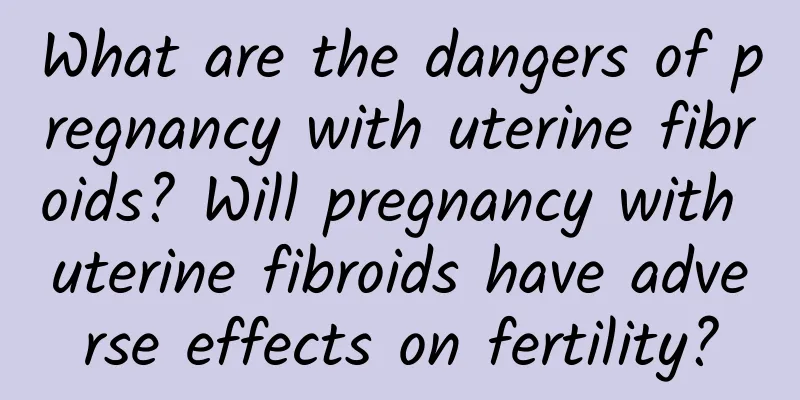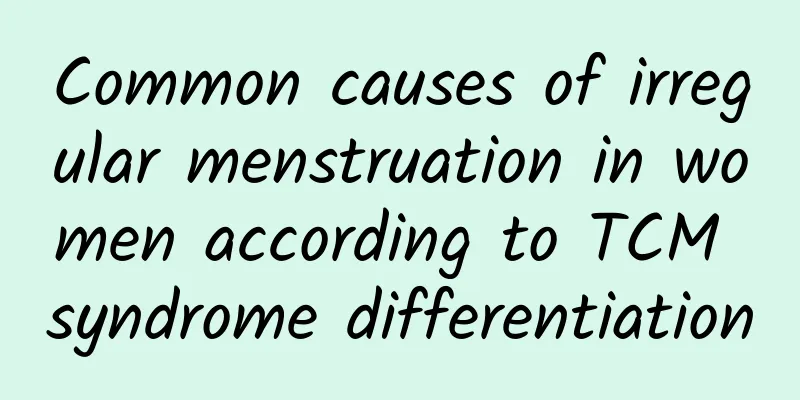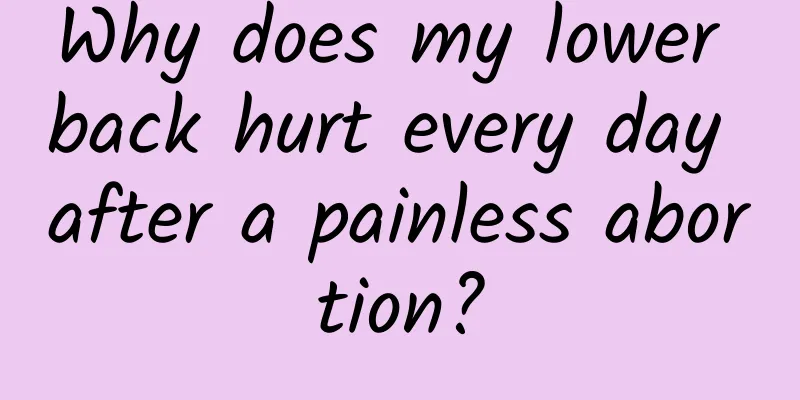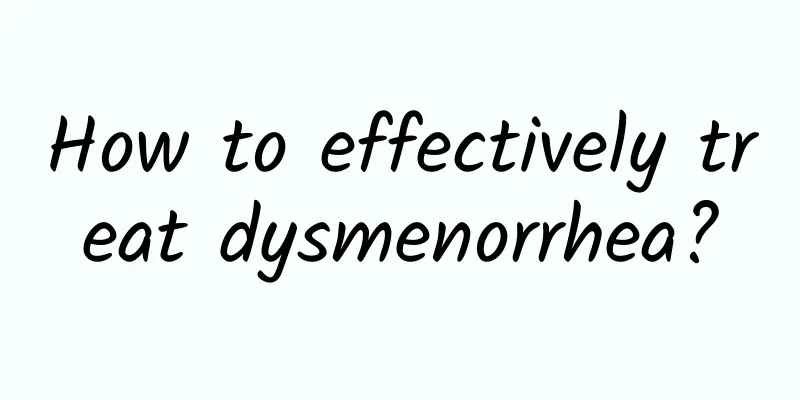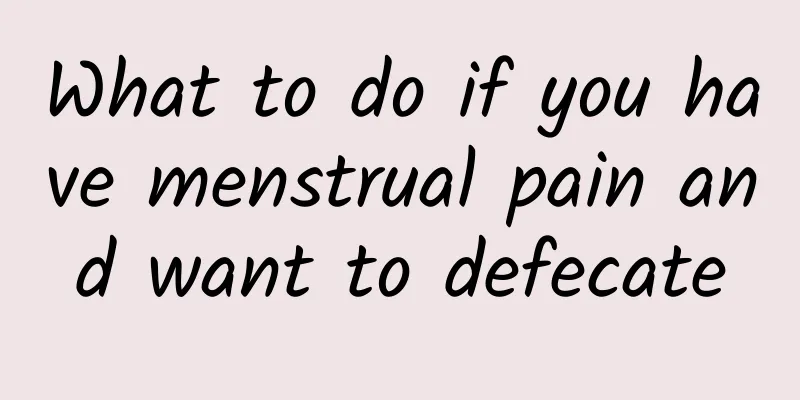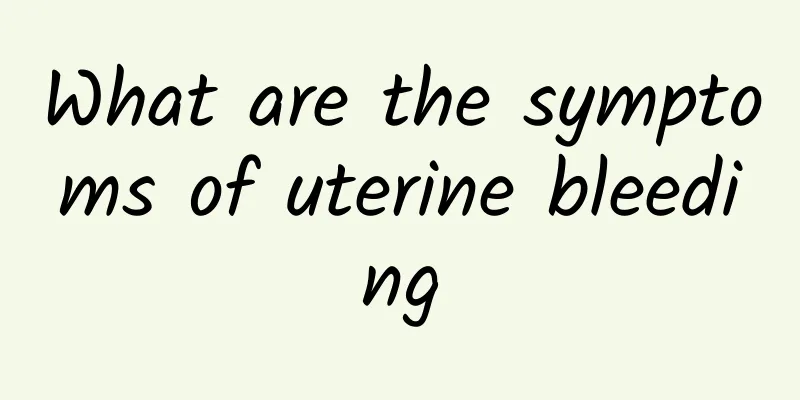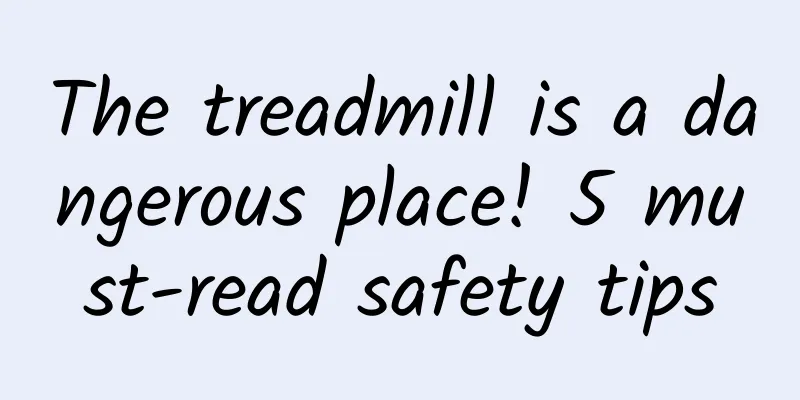Know how serious the harm of uterine fibroids is

|
Uterine fibroids are very harmful. If not treated in time, fibroid torsion, infection and suppuration, uterine fibroids combined with uterine cancer, secondary anemia, infertility or miscarriage, etc. may occur. Attention should be paid and treatment should be timely to avoid delaying treatment. (I) Torsion: Subserosal fibroids can twist at the pedicle, causing acute abdominal pain. If the pedicle is severely twisted and surgery is not performed immediately or the pedicle cannot be turned back by itself, the pedicle may be broken and a free fibroid may be formed, as mentioned above. The twisted fibroid can also drive the entire uterus, causing axial torsion of the uterus. The site of uterine torsion is mostly near the internal opening of the cervical canal, but this situation rarely occurs. It is mostly caused by a large subserosal fibroid attached to the bottom of the uterus and the cervical canal is relatively slender. The symptoms and signs are similar to those of ovarian cyst pedicle torsion, except that the mass is harder. (II) Infection and suppuration: Myoma infection is often the result of tumor pedicle torsion or acute endometritis. Hematogenous infection is extremely rare. Infection can sometimes be suppurative, and in a few cases, abscesses form in the tumor tissue. Subserous myoma pedicle torsion causes intestinal adhesions, which can be infected by intestinal bacteria. The inflamed myoma adheres to the uterine appendages, causing suppurative inflammation. (III) Uterine fibroids combined with uterine body cancer: Uterine fibroids combined with uterine body cancer account for 2%, which is much higher than uterine fibroids combined with cervical cancer. Therefore, menopausal patients with uterine fibroids and persistent uterine bleeding should be alert to the presence of endometrial cancer. Before confirming treatment, a diagnostic curettage should be performed. (IV) Secondary anemia: Uterine fibroids can cause excessive menstrual bleeding, which over time can cause secondary anemia and even anemic heart disease. In severe cases, patients may experience general fatigue, pale complexion, palpitations, and shortness of breath. (V) Infertility or miscarriage: Uterine fibroids cause the fibroid tissue in the uterine corners to compress the entrance of the fallopian tubes, causing the uterus to deform and hinder the implantation of the fertilized egg, ultimately leading to infertility. In addition, according to statistics, the spontaneous abortion rate of fibroid patients is also higher than that of normal people, with a ratio of 4:1. |
<<: Does mifepristone cause uterine fibroids?
>>: Can women take birth control pills after painless abortion?
Recommend
Several main clinical symptoms of vulvar leukoplakia
Vulvar leukoplakia is a disease that is very harm...
Will increased vaginal discharge in women be caused by cervicitis? Three ways to prevent cervicitis in winter
There are many diseases among women, among which ...
What are the specific causes of cervical erosion?
Cervical erosion is a common disease, and female ...
Is the ketogenic diet effective in reducing weight and fat? Dr. Mei: Don’t ignore these four principles and avoid these two risks
The "ketogenic diet" has become a trend...
How to treat female cervical erosion? Several treatment methods for female cervical erosion
Traditional Chinese medicine is one of the best w...
Do rumba, boxing and aerobics to lose weight! Aerobic exercise satisfies your desire to make your muscles firmer and not too strong.
Aerobic exercise does not require fitness equipme...
Remedies for menstrual rash
Menstrual rash is a common menstrual disease in w...
What should I not eat after a painless abortion? What should I eat to keep healthy after an abortion?
What can't you eat after a painless abortion?...
Treatment of comprehensive response to abortion
Some complications may occur during and after the...
Will excessive sexual activity lead to cervicitis? What are the common causes of cervicitis?
Many women may be told that they have cervicitis ...
What is vulvar pruritus?
What is vulvar pruritus? Vulvar itching may be ca...
Eliminate the belly tummy! Exercises you can do in the office
While female friends can enjoy fun outdoor activi...
Dietary considerations after painless abortion
Painless abortion is a type of abortion surgery. ...
What are the grades of uterine prolapse?
What are the grades of uterine prolapse? Medicall...
Obesity in children may lead to complications of cardiovascular disease and fatty liver! Pediatricians teach 9 ways to beat childhood obesity
According to a survey by the Ministry of Educatio...
